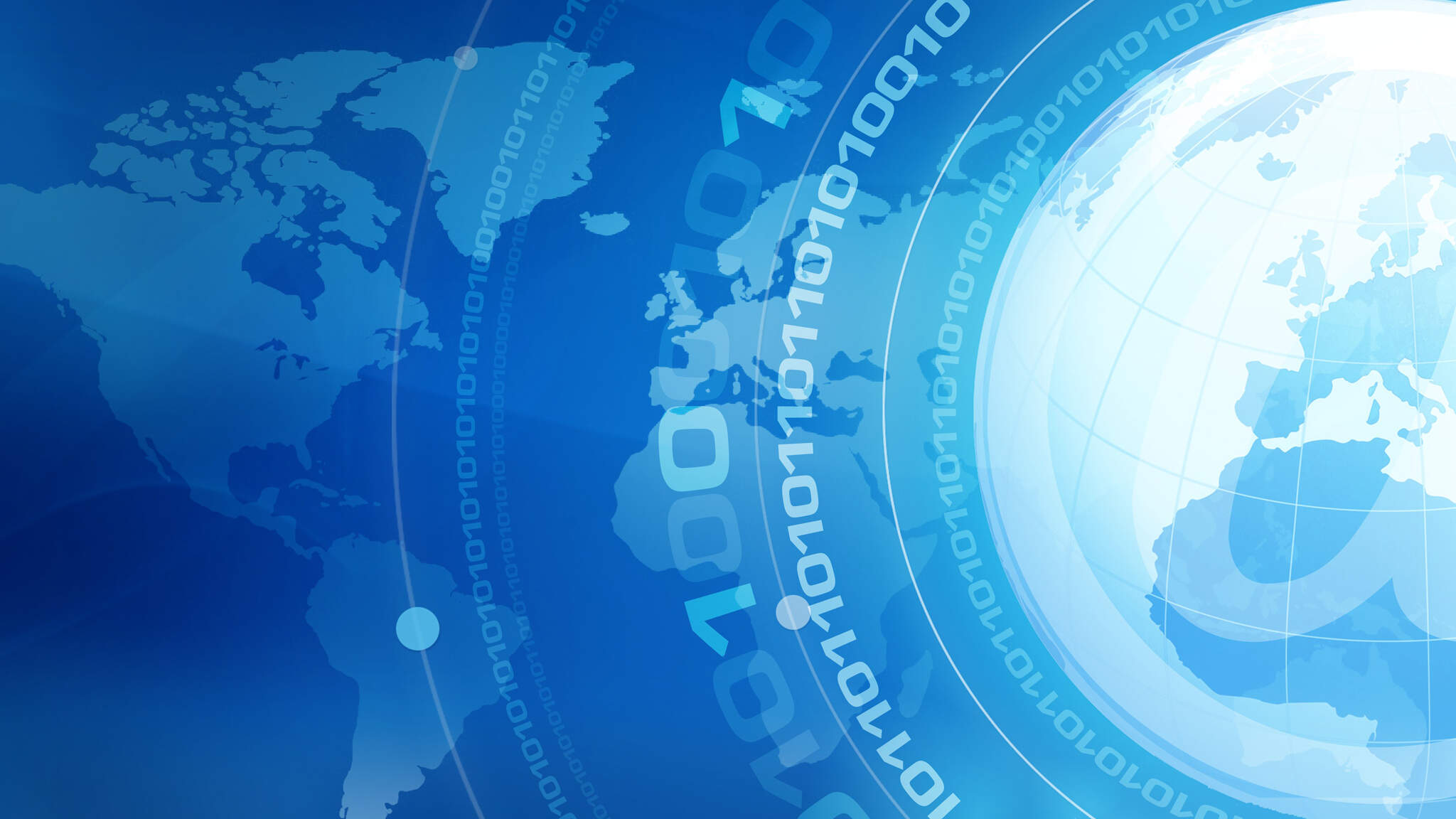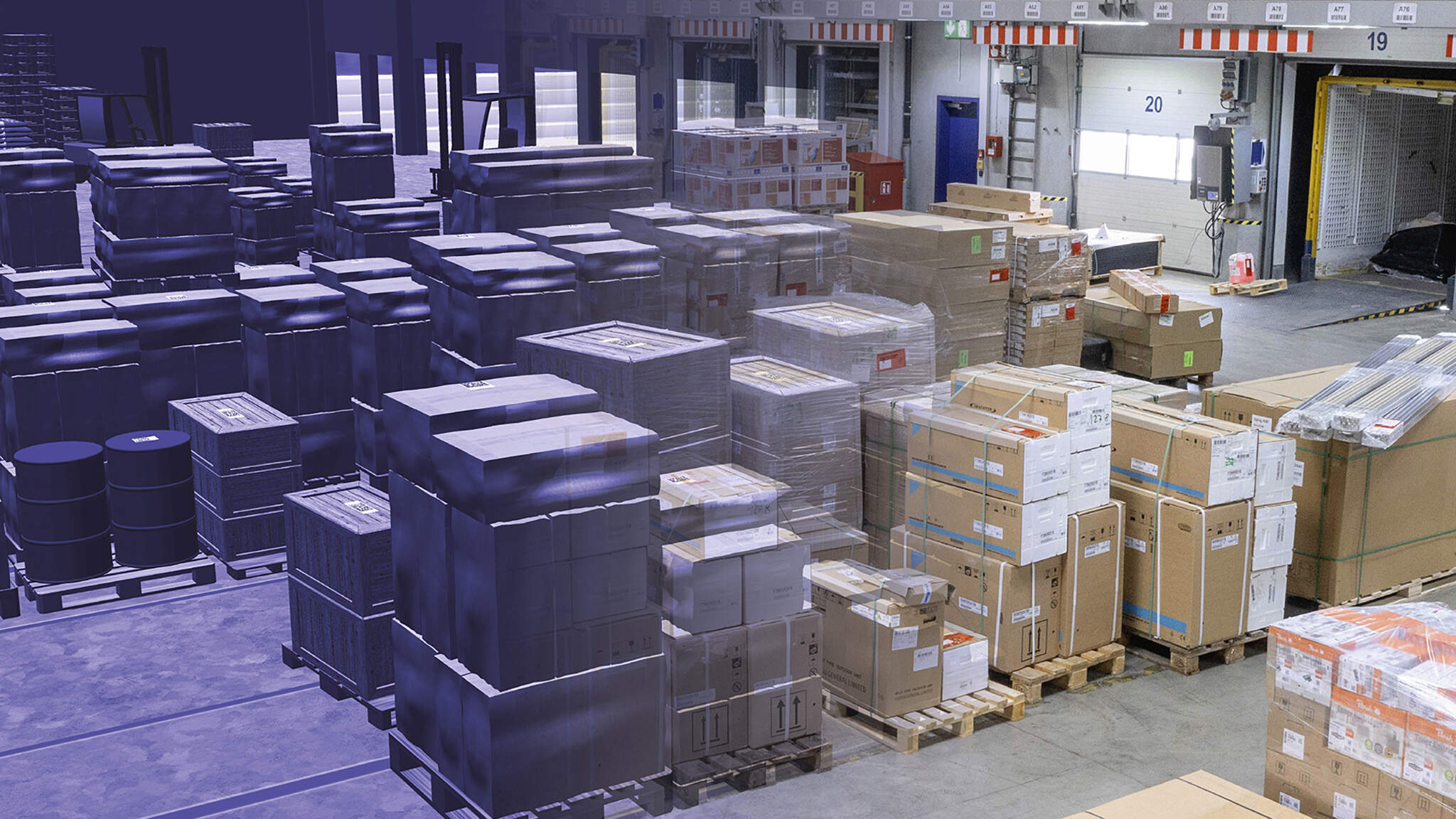A digital double
The digital twin is one of the key innovations for the supply chains of tomorrow. What core technologies is it based on? And what does this mean for day-to-day transport and handling in logistics? The answers are promising.

Digital twins are the virtual counterpart to a physical reality. The data they are based on is collected and visualized automatically and, ideally, in real time. Real-life and virtual versions are kept in constant connection, or ideally interaction.
A digital twin may represent individual objects such as machines, vehicles, or buildings, as well as entire processes—for example, in production lines, warehouses, or even intercontinental transportation networks. In logistics, digital twins primarily record and display the current spatial position and status of objects in a defined area.
What has made these digital representations of reality possible is the availability of increasingly powerful and cost-effective electronic sensor technology. Small, energy-efficient electronic microsensors automatically record temperature, acceleration, incident light, and other conditions in real time. Various locating methods based on radio signals can also be used to determine the position of objects, be it through private local transmitters in buildings and depots, or in public spaces through mobile network masts and satellite signals. The number of available radio-based technologies has climbed steadily in recent years, with the best-known examples including RFID, Bluetooth Low Energy (BLE), WLAN, 4G/5G, and GPS, all of which are in widespread use.
In recent years, another important basic technology for digital twins has established itself: optical systems that combine image and video recording with software based on machine learning. Based on the image data, the systems can not only identify an individual object but can also apply further logic to calculate the object’s position in space, its size, and even its very nature. In places where it is difficult or impossible for cameras to detect the surroundings, companies can opt for two-dimensional codes such as QR or Data Matrix (DMC). The large amounts of data generated during analysis of images and video as well as the necessary processing speed are usually handled by powerful graphics cards. More and more frequently, data is being processed directly at the optical scanning unit or on an on-site server (edge computing). This means that only a small amount of data needs to be transferred to the connection, or ideally interaction.
Making faults and errors visible
The first benefit of a digital twin is the real-time visualization of the status of objects and processes. With this transparency, it’s possible to, say, make faults visible immediately so they can be rectified more quickly. This has a positive impact on time and quality in supply chains. Within seconds, companies can identify the point at which a defective machine needs maintenance or where a process is likely to fail and promptly take the appropriate action. A digital twin renders manual processes for data collection and data analysis obsolete.
Digital twins are the virtual counterpart to a physical reality.
Application of the digital twin goes one step further with prescriptive analytics. This tool uses the digital twin’s real-time data to simulate and evaluate future states and events. As a result, it can automatically display suggestions for avoiding undesirable statuses or can even automatically make decisions to preclude such events altogether. Combined with past data and intelligent algorithms, prescriptive analytics can be used in transport logistics to support vehicle scheduling, for example.
A digital twin also allows people to operate objects remotely, such as controlling vehicles over long distances in complex environments. Using a virtually generated 3D environment based on data from the digital twin, people can obtain an optimal view of the remote location and steer a truck on a company site. In logistics, this can be used as a fallback solution when using autonomous vehicles. The same technology can also be used to train both humans and AI algorithms. Extreme situations in particular can be “learned” with little effort and without risk to humans.

Digital twins at DACHSER
In recent years, DACHSER has developed and implemented two overlapping digital twins. One visualizes the processes in the European truck transport network: the company developed a special telematics platform that maps the position and arrival time of over 10,000 swap bodies and trailers in near real time, making scheduling easier. Specially developed solar radio modules with 5G/LPWAN and GPS positioning serve as the basic technology. Another digital twin has been created in conjunction with @ILO (Advanced Indoor Localization and Operations) for the DACHSER transit terminal. Here, the first pilot systems can automatically identify, localize, and measure shipments and ground conveyors in real time. Relevant data is made available to employees in the terminal via displays and monitors. The basic technology used here is optical scanning units in conjunction with DMCs.
Digital twins offer logistics an important new data basis for the future control, optimization, and quality assurance of logistics processes.
Author: Andre Kranke, Head of Corporate Research & Development at DACHSER.
